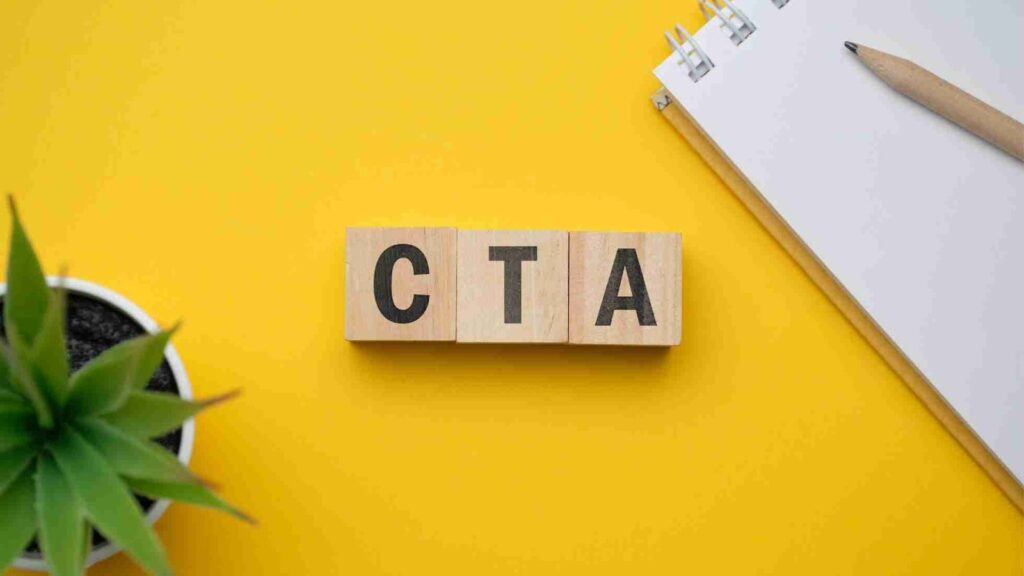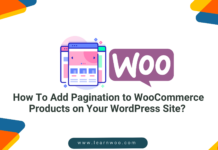Last updated - November 23, 2023
Click Through Rate (CTR) optimization plays a significant role in boosting user engagement. It is responsible for driving traffic to the desired destination, be it a website, landing page, or specific call-to-action.
The implementation of effective strategies can substantially enhance the CTR, increasing the number of users who click on your links or Calls-to-Action (CTAs) and ultimately leading to higher conversion rates that align with your marketing objectives.
In this guide, we will explore various strategies for CTR optimization and provide examples to illustrate their implementation. From crafting compelling titles and CTAs to leveraging social proof and personalization, these strategies will help you capture users’ attention, generate interest, and increase the likelihood of them clicking through to your desired destination.
Let’s Begin with Effective CTR-Enhancing Strategies
Clear and Concise Call-to-Action (CTA)


Enterprise PPC Management executives have suggested using contrasting colors, larger font sizes, and visually appealing buttons to make your CTA stand out.
For example, a CTA button with the text “Claim Your Free Trial Now” in a vibrant color placed prominently on a landing page can encourage users to click.
A/B Testing
Create two versions of your content, such as two different headlines or CTAs, and randomly display each version to different users. Monitor the CTR for each version to determine the more effective one.
For instance, you could test whether a red CTA button performs better than a green button by splitting your website traffic between the two variations and analyzing the results.
Personalization
Segment your audience based on their demographics, interests, or behaviors. Tailor your content and CTAs to match each segment’s preferences.
For example, an online clothing store can display personalized recommendations based on a user’s browsing history or purchase behavior, increasing the chances of the user clicking on the suggested items.
Visual Appeal


Use high-quality images, videos, or infographics that are relevant to your content. For instance, a travel blog post about a specific destination could include stunning photos of the location, enticing users to click and explore the article further.
Optimize Meta Tags
Ensure your meta title and description accurately summarize your content and include relevant keywords. For example, if you are optimizing a blog post about healthy recipes, a meta title like “Delicious and Nutritious Healthy Recipes | Your Blog Name” can improve visibility in search results and entice users to click.
Mobile Optimization
Ensure your website is responsive and mobile-friendly. This includes using responsive design principles, optimizing font sizes, and ensuring buttons are easily clickable.
For example, an online food delivery service could have a simplified and user-friendly mobile interface with a prominent “Order Now” CTA that adapts to various screen sizes.
Rich Snippets
Add structured data markup to your website to provide search engines with additional context about your content.
For example, an online recipe website can use schema markup to display star ratings, cooking times, and calorie counts in the search results, making their listings more appealing and increasing the likelihood of clicks.
Use Urgency and Scarcity


Display countdown timers or limited stock notices to create a sense of urgency. For example, an online retailer could run a limited-time offer with a visible countdown timer on their homepage, encouraging users to click through and make a purchase before the offer expires.
Leverage Emotional Appeal
Craft content that resonates with users’ emotions, desires, or pain points. For instance, a financial planning website could create a blog post titled “How to Achieve Financial Freedom and Say Goodbye to Debt Forever,” appealing to users’ aspirations and addressing their financial concerns. The emotional connection can entice users to click through and read the article.
Use Power Words
Implement powerful words in your titles, headlines, and CTAs to evoke curiosity and compel users to click. For example, a fitness website could use a title like “Discover the 7 Secrets to Achieving Your Dream Body” or a CTA button with the text “Get Your Free Fat-Blasting Workout Guide Now.”
Optimize for Featured Snippets
Structure Your Content Right
Structure your content in a way that provides concise, valuable information that is likely to be featured in Google’s featured snippets. For instance, a finance blog could create an article titled “10 Essential Money-Saving Tips” and structure it in a list format to increase the chances of being featured as a snippet.
Leverage Social Media


Share compelling snippets or visuals from your content on social media platforms, enticing users to click through to your website. For example, a fashion brand could post an image of a stylish outfit from their latest collection on Instagram with a caption that encourages users to “Click the link in our bio for more fashion inspiration.”
Dynamic Text Replacement
Use dynamic text replacement in your PPC ads to customize the ad copy based on the user’s search query. For instance, a travel agency could dynamically replace the keyword “Hawaii” with the user’s specific search term, resulting in ad headlines like “Explore Maui – Book Your Dream Vacation Now!”
Implement Exit Intent Pop-ups
When a user is about to leave your website, display an intent exit pop-up with a compelling offer or CTA. For example, an eCommerce website could show a pop-up offering a limited-time discount or free shipping to incentivize users to click through and make a purchase before leaving.
Incorporate Visual Cues
Use Arrows, Icons, or Images
Use arrows, icons, or images that draw attention to your CTAs or clickable elements. For instance, an online software provider could use an arrow icon pointing towards the “Sign Up” button to guide users and increase the likelihood of clicking on it.
Leverage Social Sharing Buttons
Include social sharing buttons on your content to encourage users to share it with their network. For example, a blog post about healthy recipes could have social sharing buttons at the end of the article, allowing users to share the post on their social media platforms easily.
Offer Freebies or Lead Magnets


Provide valuable free resources or exclusive content that users can access by clicking through. For example, a digital marketing agency could offer a free e-book titled “The Ultimate Guide to Social Media Marketing” in exchange for users clicking on a CTA and entering their email addresses.
Optimize for Local Search
Incorporate local keywords in your content and CTAs to attract local users. For instance, a restaurant could include a CTA like “Taste the Best Pizza in [City Name]. Click here to make a reservation and savor our mouthwatering dishes.”
Final Words
In conclusion, implementing effective CTR optimization strategies is essential for maximizing user engagement and driving traffic to your desired destination.
By utilizing compelling titles and headlines, clear and concise CTAs, A/B testing, personalization, visual appeal, meta tag optimization, page load speed improvements, mobile optimization, rich snippets, social proof, etc., you can significantly increase CTR and ultimately achieve higher conversion rates.
Remember to tailor these strategies to your specific industry, target audience, and context. Continuously analyze data, monitor results, and make adjustments to optimize your CTR and drive meaningful user engagement.
By implementing these strategies effectively, you can take your engagement levels to new heights and achieve your marketing goals successfully.











